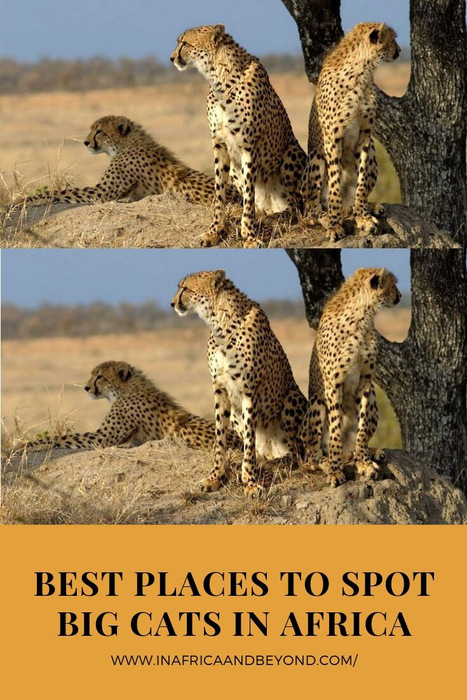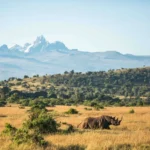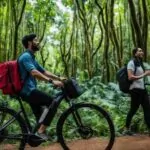Few safari moments compare to the thrill of seeing a lion’s golden mane shimmer in the morning sun, a leopard lounging on an acacia branch, or a cheetah sprinting across open plains. For wildlife enthusiasts, tracking big cats in Kenya is one of the most unforgettable safari experiences you can have.
Where to Find Kenya’s Big Cats
Kenya’s vast savannahs and reserves are home to some of Africa’s highest densities of big cats. The Maasai Mara is the ultimate destination for lion sightings, especially during the Great Migration when prey is plentiful. In Samburu National Reserve, leopards are often seen resting on rocky outcrops, while the Amboseli and Tsavo parks offer wide grasslands perfect for spotting cheetahs. Because each region offers a different habitat, travelers can enjoy diverse sightings across one country.
Best Times for Tracking Big Cats in Kenya
Early mornings and late afternoons are the best times to track big cats, as temperatures are cooler and predators become more active. During these hours, guides use footprints, alarm calls from other animals, and even bird movements to locate these elusive hunters. Therefore, joining an experienced guide significantly increases your chances of spotting them.
Responsible Tracking Practices
While the excitement of seeing big cats up close is undeniable, ethical safari practices are essential. Keep a respectful distance, avoid loud noises, and never crowd animals. Responsible tourism ensures that tracking big cats in Kenya continues to support both wildlife conservation and local communities.
From patient observation to guided expertise, tracking big cats in Kenya is not just about seeing predators—it’s about understanding their world, their challenges, and the fragile balance of life in the wild.


